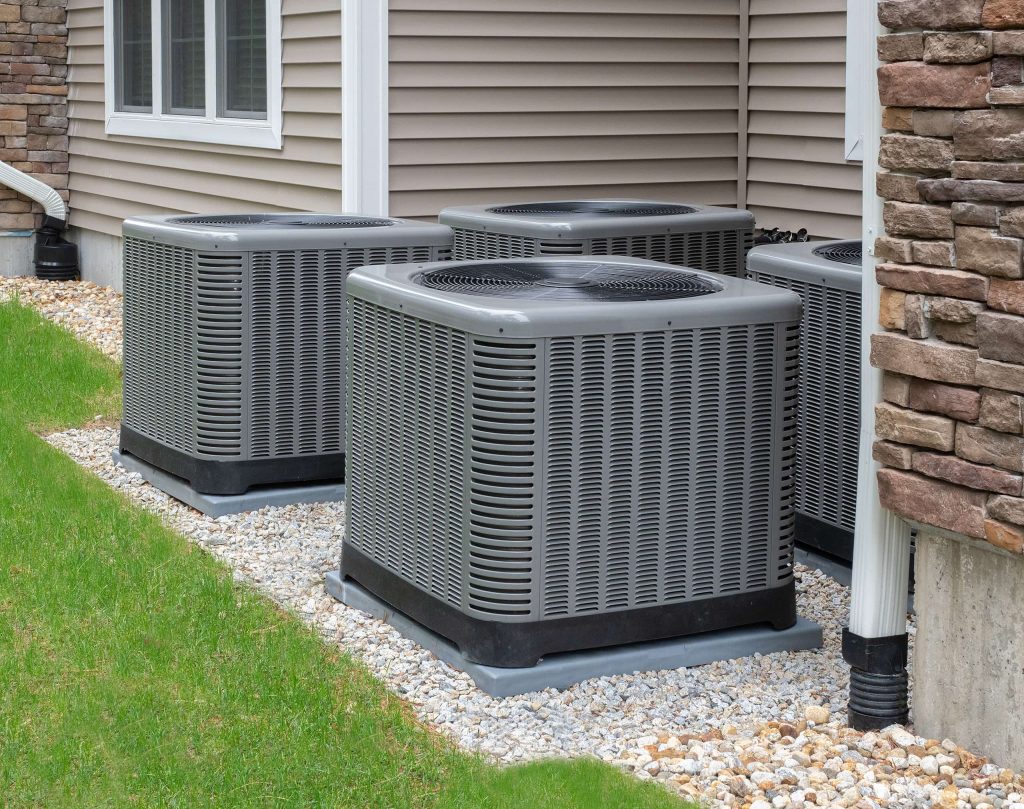What Is SEER In HVAC For AZ
Heating, ventilation and air conditioning (HVAC) is an integral part of many buildings and homes. This system is responsible for providing heating, cooling and ventilation to these structures. As such, it requires regular maintenance in order to ensure the efficient functioning of the unit.
SEER stands for Seasonal Energy Efficiency Ratio. It is a measure that assesses how efficiently an air conditioner works over time by comparing its output with the energy consumed while operating as normal over a season.
The importance of having an efficient HVAC system cannot be understated, especially when you are living in Arizona where temperatures can reach up to 120 degrees Fahrenheit during certain times of year.
Definition Of SEER
SEER stands for Seasonal Energy Efficiency Ratio. It is a measure of the cooling efficiency of air conditioners and heat pumps, specifically how much energy they use when compared to other models with similar capacities. SEER ratings are determined by dividing the cooling output over a season – typically one year – by the total electrical energy consumed during that same period.
The U.S Department of Energy (DOE) regulates minimum standards for this ratio in order to help consumers compare different units before making a purchase decision. In Arizona, these standards require at least 14 SEER across all residential HVAC products manufactured after January 2006.
Calculating Seer Rating
SEER stands for Seasonal Energy Efficiency Ratio and is used to measure the efficiency of an HVAC system. It is calculated by dividing the cooling output of a given system during one season, by its total energy input over that same period.
Therefore, it focuses on how much cooling or heating a system delivers relative to the amount of energy consumed. In order to calculate SEER rating, several factors must be taken into consideration such as size of unit, type of refrigerant used, air flow rate across evaporator coils and condenser coils, temperature difference between indoor and outdoor environment etc.
The higher the SEER value, the more efficient an air conditioner is at producing cool air while consuming less electricity in comparison with other models. Furthermore, when looking to buy a new HVAC unit it is important that consumers look not only for the best price but also for units with high SEER ratings since this will help them save money in terms of operational costs down the line.

SEER Rating Requirements In Arizona
In Arizona, the Seasonal Energy Efficiency Ratio (SEER) of an air conditioner is a measure of its efficiency. It defines the amount of cooling output in British Thermal Units (BTUs) per hour that can be provided by one watt of electricity. The higher the SEER rating, the more efficient the system and thus greater cost savings on energy bills over time.
The minimum required SEER for residential units operating in Arizona is 14, set by Title 44 Chapter 4 Section R-301B, which was adopted from ASHRAE Standard 90.1-2013. All new HVAC installations must meet this requirement and any existing systems with lower ratings may not be replaced or upgraded to their original specification unless they are first brought up to at least a 14 SEER level.
By ensuring all residential systems have a 14 SEER or better rating, Arizona homeowners will benefit from increased energy efficiency and cost savings throughout the life of their HVAC system.
What To Look For When Buying An Hvac System
When purchasing an HVAC system, it is important to consider the SEER rating. The Seasonal Energy Efficiency Ratio (SEER) rate of a unit indicates how efficient the cooling and heating are.
In Arizona, the minimum requirement for residential air conditioners is 13 SEER, while split systems require 14 SEER or higher. It is also essential to look at other features that come with the unit such as noise levels, warranty coverage, energy efficiency ratings and installation costs.
It can be helpful to research different brands and models prior to purchase in order to make sure you are getting the best value for your money. Additionally, by consulting a trusted air conditioning contractor Phoenix, who specializes in HVAC installations, you can rest assured that any needed repairs or maintenance will be taken care of properly and quickly when necessary.
Benefits Of A High Seer Rating
SEER, or Seasonal Energy Efficiency Ratio, is a measure of the efficiency of an HVAC system. A higher SEER rating indicates that a unit is more efficient in providing cooling and heating over time, resulting in reduced energy costs for homeowners.
Additionally, because high-efficiency systems require less electricity to operate effectively, they also reduce environmental impact.
The cost savings associated with increased SEER ratings can be significant when compared to traditional units. Studies have shown that switching to a system with a SEER rating of 14 or higher can result in up to 50% savings on monthly utility bills. Furthermore, many areas offer incentives such as tax credits and rebates for installing systems with higher SEER ratings.
These should be taken into consideration when selecting an HVAC system. In addition to monetary benefits, high-efficiency units may come with improved features such as quieter operation and better air circulation.
Maintenance Tips For Maximizing Efficiency
Maximizing the efficiency of an HVAC system requires not only proper installation and regular maintenance, but also a keen awareness of its performance. The Seasonal Energy Efficiency Ratio (SEER) is used to measure how efficiently a cooling system can operate over an entire season, including peak summer conditions.
Maintaining a high SEER rating will ensure that your HVAC system works optimally throughout the year and reduce energy consumption.
There are several steps you can take to ensure optimal performance from your HVAC system: firstly, check all filter systems regularly to prevent dust build-up; secondly, clean coils and condenser units routinely in order to maintain maximum airflow; finally, inspect and replace worn or damaged parts as needed for optimal functioning.
Additionally, scheduling annual professional inspections with a qualified AC repair technician Arizona can help identify any potential issues before they become bigger problems. With these simple tips, you’ll be able to keep your HVAC system running smoothly while maximizing energy efficiency.

Cost Savings With Higher Seer Ratings
The Seasonal Energy Efficiency Ratio (SEER) is a measure of an air conditioner or heat pump’s cooling efficiency. The higher the SEER rating, the more efficient the system.
Generally speaking, investing in an HVAC system with a higher SEER rating will result in lower energy costs over time as it uses less electricity to achieve the same level of heating and cooling compared to systems with lower ratings.
The actual cost savings associated with using equipment with a high SEER rating can vary significantly depending on several factors such as usage patterns and local climate conditions.
However, even if there is only a small difference between two different units’ SEER ratings, selecting the unit with the higher SEER rating may still be beneficial due to its potential for long-term savings. In addition, many utility companies offer incentives that cover part or all of the purchase price when consumers select an energy efficient HVAC system.







